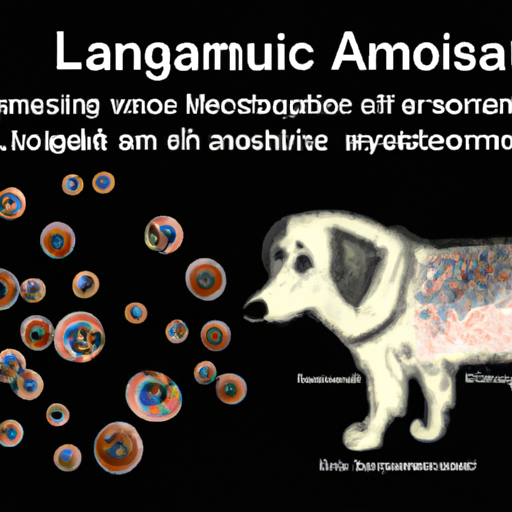Anaplasma is an often-overlooked condition that can affect our four-legged friends. As a caregiver, it’s crucial that you understand what Anaplasma is, how it affects dogs, and what you can do to protect your furry family member.
What is Anaplasma?
Anaplasma is a type of bacteria that is passed to dogs through the bite of a tick. There are two types of Anaplasma bacteria that are of concern: Anaplasma phagocytophilum and Anaplasma platys. The former can infect white blood cells, while the latter targets platelets, the small cells that help blood to clot.
How Does Anaplasma Affect Dogs?
Anaplasma can cause a range of symptoms, from mild to severe. Initially, your dog may seem a little off, with vague signs like a lack of appetite and a slight fever. However, as the disease progresses, symptoms become more severe and can include:
- Fever
- Loss of appetite
- Lethargy
- Lameness
- Joint pain
- Vomiting and diarrhea
In the case of Anaplasma platys, your dog may also have bleeding disorders, as this bacteria affects the platelets.
How is Anaplasma Diagnosed?
If your vet suspects Anaplasma, they’ll likely start with a blood test. The test will look for antibodies to the bacteria, which indicates that your dog has been exposed. However, this test cannot tell whether the infection is current or past.
Your vet may also test for other tick-borne diseases, as ticks can carry more than one disease. A complete blood count (CBC) can show changes in your dog’s blood cells that may indicate infection.
How Can You Prevent Anaplasma in Dogs?
Prevention is always better than cure. Here are some strategies you can use to protect your dog from Anaplasma:
- Use a tick preventative: This can be a collar, spot-on treatment, or tablet. Make sure to use it as directed.
- Check your dog for ticks regularly: Especially after walks in the woods or grassy areas.
- Keep your yard tick-free: Trim long grass and remove leaf litter where ticks like to hide.
| Prevention Method | Pros | Cons |
|---|---|---|
| Tick preventative | Effective against multiple tick species | Some dogs may have side effects |
| Regular tick checks | Can catch ticks before they transmit disease | Not 100% reliable |
| Yard maintenance | Reduces tick habitat | Can be labor-intensive |
Treatment for Anaplasma in Dogs
Thankfully, Anaplasma is treatable. The antibiotic doxycycline is typically used for 2-4 weeks, depending on the severity of the infection. Most dogs start to improve within 24-48 hours of starting treatment.
After treatment, your vet will retest your dog’s blood to make sure the infection is gone. Some dogs may need a longer course of antibiotics.
Frequently Asked Questions (FAQs)
Q: How common is Anaplasma in dogs?
A: Anaplasma is more common in certain regions, such as the Northeast and upper Midwest of the United States. However, it can occur anywhere ticks are found.
Q: Can I catch Anaplasma from my dog?
A: While humans can get Anaplasma, it’s not something you can catch from your dog. Like dogs, humans get Anaplasma from tick bites.
Q: My dog tested positive for Anaplasma, but isn’t showing any symptoms. Does he still need treatment?
A: Not all dogs that test positive for Anaplasma need treatment. If your dog isn’t showing any symptoms, your vet may recommend a wait-and-see approach.
Q: Can Anaplasma be prevented?
A: While there’s no vaccine for Anaplasma, using a tick preventative and regularly checking your dog for ticks can greatly reduce the risk of infection.
Understanding Anaplasma and how it affects dogs is crucial. By being aware of this disease, you can take steps to protect your dog and ensure they live a long, healthy life.



